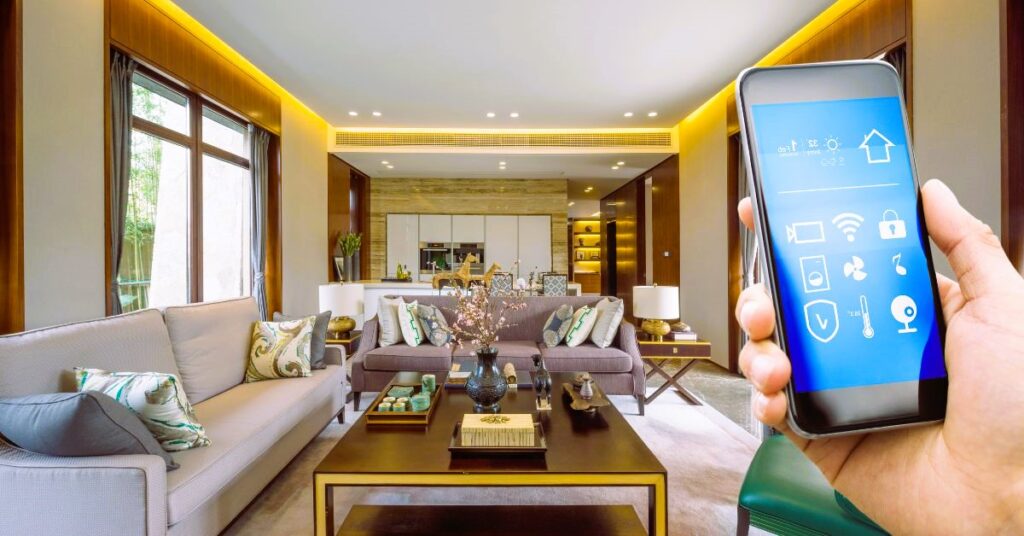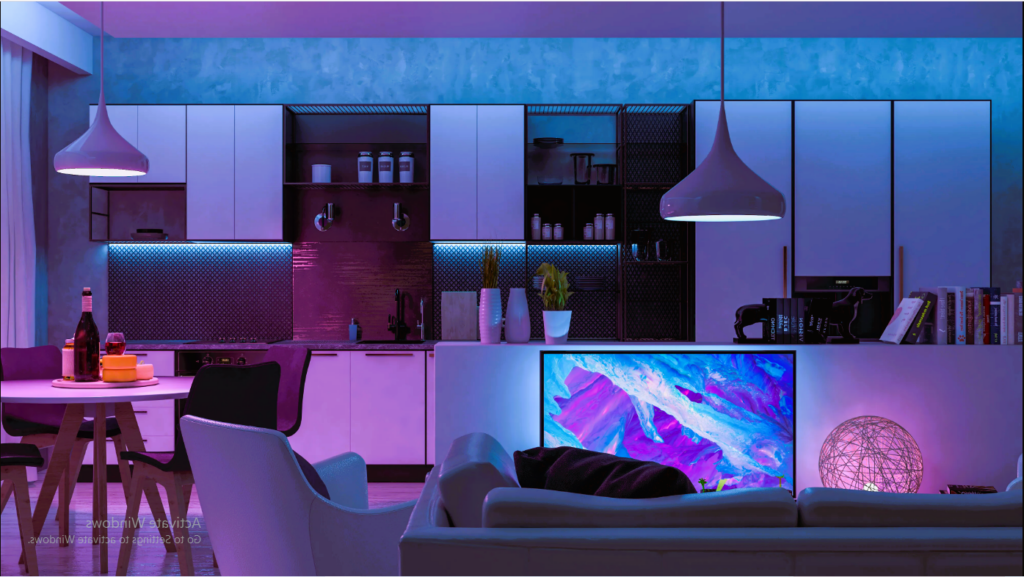
The Future of Smart Windows: A Glimpse into Home Automation
In the ever-evolving landscape of home improvement, technological advancements have taken center stage, transforming traditional components into smart, interactive elements. Among these innovations, smart windows have emerged as a fascinating integration of technology and functionality. This article takes a closer look at the future of smart windows, offering a glimpse into the world of home automation and the exciting possibilities these windows bring to modern living spaces.
Understanding Smart Windows:
Smart windows, also known as dynamic or switchable windows, have the ability to alter their properties in response to external stimuli, typically controlled through technology. Unlike traditional windows, smart windows can change transparency, tint, or color, providing homeowners with greater control over privacy, sunlight, and energy efficiency.
Key Features and Benefits:
- Dynamic Tinting:
- Adaptive Light Control: Smart windows can dynamically adjust their tint to regulate the amount of natural light entering a space. This feature not only enhances comfort but also contributes to energy efficiency by reducing the need for artificial lighting.
- Energy Efficiency:
- Temperature Regulation: Smart windows play a crucial role in maintaining optimal indoor temperatures. By tinting in response to sunlight, they help control heat gain during hot weather and retain warmth during colder seasons, reducing the reliance on heating and cooling systems.
- Privacy Control:
- Customizable Privacy Settings: Homeowners can control the opacity of smart windows, ensuring privacy without the need for blinds or curtains. This feature is particularly beneficial in urban environments or areas with close neighbors.
- Integration with Home Automation Systems:
- Seamless Connectivity: Smart windows can be integrated into home automation systems, allowing users to control them remotely through smartphones or voice-activated devices. This level of connectivity enhances convenience and accessibility for homeowners. If you want to know about the role of windows in insulating a home, read our full review.
- UV Protection:
- Automatic UV Filtering: Smart windows often come equipped with UV sensors that automatically adjust tint levels to block harmful UV rays. This not only protects occupants but also preserves the integrity of furniture, flooring, and other interior elements.
- Enhanced Aesthetics:
- Customizable Design Elements: The ability to change the appearance of windows on demand opens up new possibilities for interior design. Homeowners can experiment with different tints and colors to create unique atmospheres within their living spaces.
The Role of Home Automation:
Smart windows are a crucial component of the broader home automation trend, which aims to create intelligent, interconnected living environments. Home automation systems enable seamless control of various smart devices, including windows, lighting, thermostats, and security systems. The integration of smart windows into these systems adds a layer of sophistication to the overall home automation experience.

The Future Landscape:
As technology continues to advance, the future of smart windows holds exciting prospects. Anticipated developments include:
- Interactive Glass Surfaces:
- Touch-Responsive Glass: The integration of touch-responsive technology may allow users to interact directly with smart windows, adjusting settings with a simple touch or swipe.
- Solar-Generating Windows:
- Energy-Generating Capabilities: Research is underway to develop smart windows with built-in solar cells, allowing them to not only control light and heat but also generate electricity for the home.
- Machine Learning Integration:
- Adaptive Learning Algorithms: Smart windows may incorporate machine learning algorithms to adapt to users’ preferences over time, automatically adjusting settings based on past behaviors and environmental conditions.
- Augmented Reality Integration:
- AR-Enhanced Window Experiences: The integration of augmented reality features may provide additional functionalities, such as virtual displays or interactive elements visible through the smart window.
Staying Informed:
As consumers navigate the evolving landscape of smart home technologies, staying informed about standards and advancements is crucial. Platforms such as Wikipedia offer valuable insights into the latest developments in smart window technologies and home automation standards. These resources provide a solid foundation for understanding the principles behind these innovations and making informed decisions when incorporating them into your home.
In conclusion, the future of smart windows is bright, promising homeowners enhanced comfort, energy efficiency, and aesthetic possibilities. As technology continues to push boundaries, integrating smart windows into the broader context of home automation brings us closer to creating truly intelligent, interconnected living spaces. Stay tuned for the exciting developments that lie ahead in the world of smart windows and home automation.
